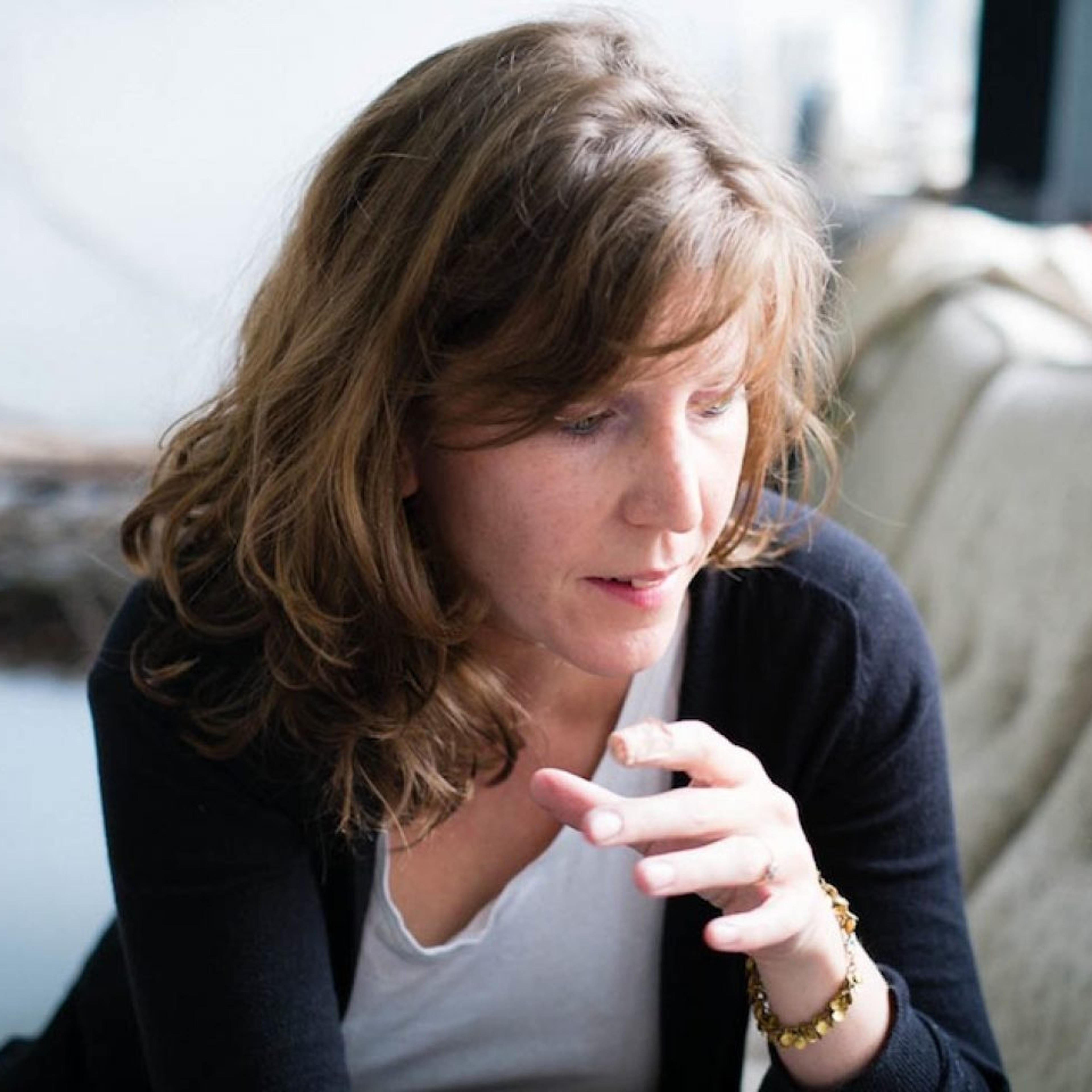MADELEINE SCHWINGE: Does contemporary art have a responsibility in society? Can artists stimulate personal and social change with their work?
MADELEINE SCHWINGE: Does contemporary art have a responsibility in society? Can artists stimulate personal and social change with their work?
PAULA DOEPFNER: Art should not ask itself what task it can have for society. She doesn't have to submit to any idea. Art shouldn't justify itself. This compulsion to explain is a phenomenon of our time - every action is checked for meaning. I think art has to remain acausal so that it can point to something that stands behind what is there.
MS: Given the great challenges that shape our current era, can we even dare to hope and imagine a better future? What role can narrative play in times of major crises and upheavals?
MS: Given the great challenges that shape our current era, can we even dare to hope and imagine a better future? What role can narrative play in times of major crises and upheavals?
PD: Whether we dare or not, we will still do it - imagine a better future.
MS: What could a dialogue between art and other disciplines look like in order to promote social change and shape the future? Which other disciplines would you like to exchange ideas with? What impulses and new ideas could emerge from this?
MS: What could a dialogue between art and other disciplines look like in order to promote social change and shape the future? Which other disciplines would you like to exchange ideas with? What impulses and new ideas could emerge from this?
PD: Art can be in exchange with other disciplines. I made sketches during brain operations and autopsies, used microscopes in the laboratory, worked with poets; I consult with a tree historian and do projects with philosophers and psychoanalysts. This collaboration was and is important to me; But I don't know whether interdisciplinary art can promote change. The dialogue must first make sense and not be subordinate to any goal. Then he can step out.
MS: What do you wish for a better tomorrow? Assuming it were possible to build a better world on the ruins of the old one, what do you think it would look like?
MS: What do you wish for a better tomorrow? Assuming it were possible to build a better world on the ruins of the old one, what do you think it would look like?
PD: I hope to “become a different person” with Robert Musil.
MS: It is often said that the special power of art lies in always courageously and fearlessly searching for something new and always starting from scratch n a blank piece of paper.
Have you developed strategies, rituals or techniques for finding your way into a new project or starting a new job?
MS: It is often said that the special power of art lies in always courageously and fearlessly searching for something new and always starting from scratch n a blank piece of paper.
Have you developed strategies, rituals or techniques for finding your way into a new project or starting a new job?
PD: Enduring emptiness is important. It is only in phases of calm that something new emerges.
